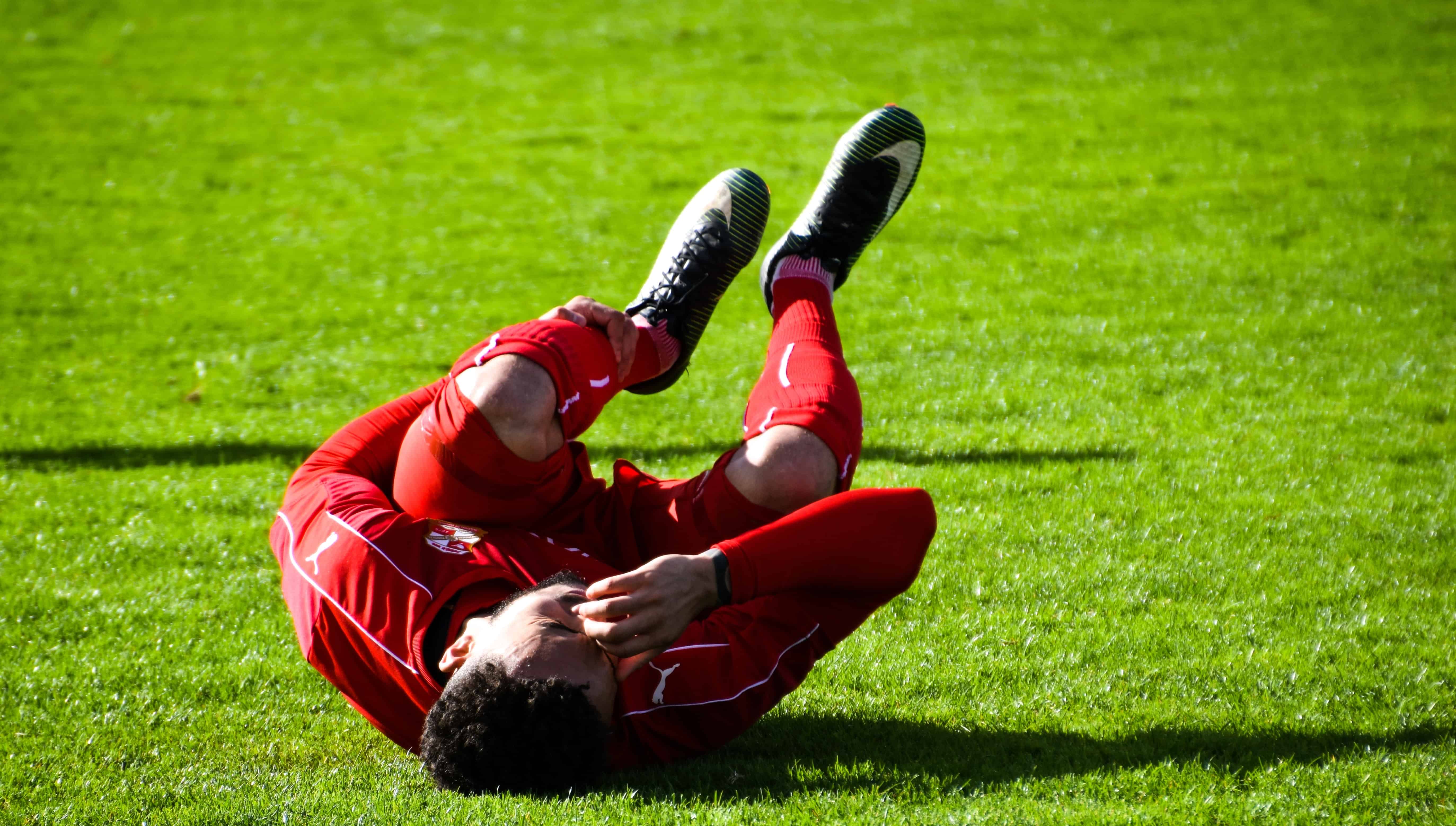As a physical therapist, I treat people with pain all day long. While the locations may vary for many of my patients one of the constants they all have are knots. “Knots”, known in the physical therapy world as trigger points, are painful, ropy muscles that are usually shorter than they should be preventing someone from moving through their full range of motion. If you have ever had neck pain and couldn’t check your side view mirrors then you know what I am talking about.
Many people who have trigger points are proactive and see their physician for help with their problem. More times than not, a prescription for muscle relaxants and a painkiller like Oxycodone are prescribed and the patient is sent on their way. The only problem is, the muscle relaxants make them feel “foggy” and the narcotic they were prescribed either wasn’t taken at all because of fear of addiction or they took it a few times, felt no difference and stopped anyways. This leaves the patient right back in the same place they were before – hurting without a solution to their problem.
This is why I love physical therapy so much. As musculoskeletal experts, we have the education and experience needed to treat soft tissue dysfunction like knots. Because there are new ways to treat knots being discovered every day, I am just going to mention my top three favorites.
- Tennis ball – A tennis ball is a great way to treat tight tissue. Simply take the tennis ball and put it over the tight or painful area. Using graded pressure, slowly work up to putting firm pressure through the tennis ball onto the affected tissue and hold it for as long as you can. Typically I tell my patients to mobilize the muscles we talked about for 10-15 minutes.
- Stretching – Stretching a tight painful muscle is not a revolution to managing painful muscles. Most people who try to stretch their tight painful muscles stop way too soon or they don’t get anywhere close to end range with the muscle. The reason for them shying away is simple – it usually hurts when you initially start stretching tight muscles. Because we get the pain response with this activity, people interpret this signal as dangerous and stop because they “don’t want to make themselves feel worse.” This is a totally reasonable logic. If you do decide to stretch yourself out to manage your muscle length (by the way, I highly recommend you do) remember this: Rome wasn’t built in a day. When it comes to stretching tight muscles you might have to start out with several short stretches throughout the day. As the pain begins to subside, you can begin to hold the stretches for longer periods of time and this is where you will start to see the results pile up. Muscles need to be stretched for longer periods of time (at least 60 seconds) in order to stay at the length they have been stretched to. Anything less than that will temporarily stretch out the muscle but it won’t have a lasting impact.
- Instrumented soft tissue massage – This is a terrific way to get those stubborn knots out of your body once and for all. Many healthcare providers such as myself have expensive tools they use to manipulate muscles. While they look cool and are shaped for certain parts of your body, it is not necessary to have these tools to get the same results. That’s right, you don’t need to buy anything. Chances are you have everything you need in your home right now. The two items you will need are lotion and a long, hard item like the handle of a spatula or a hairbrush. Once you have what you need, place a generous amount of lotion over the affected tissue and begin rubbing the tissue. You will want to start out lightly especially if the tissue is very tender. Over time as you continue to rub the sore muscle, gradually apply more pressure until you are pressing fairly hard. It may take 10-15 minutes just to get to this point so don’t give up. You will find with repeated massages that the tissue will begin to elongate and not hurt as much.
Trigger points can seriously affect your day-to-day life and prevent you from enjoying many of life’s pleasures. Using the modalities mentioned in this article are a great way to get yourself on track to a full recovery. If you have any questions or concerns about your condition or the information mentioned in this article give us a call at 479-402-9400, we would love to help you.




